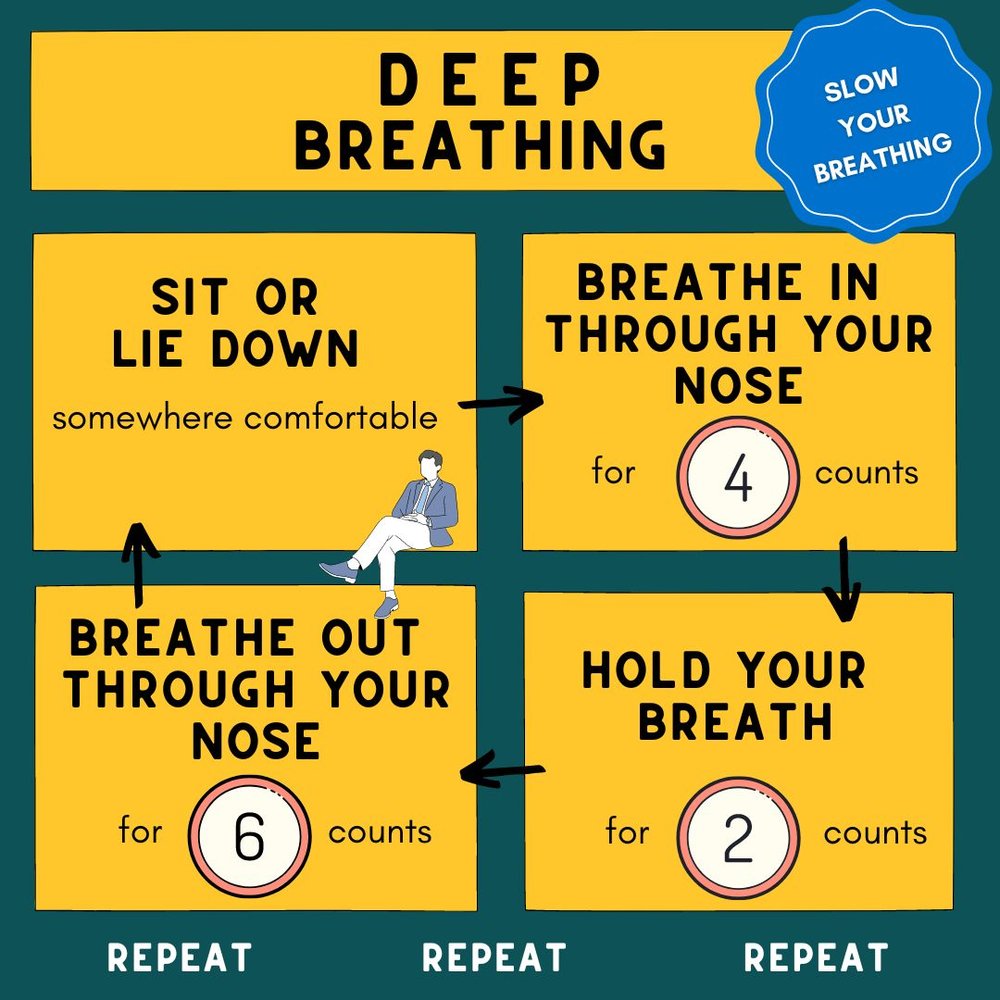Breathwork is about involving consciously controlling the breath to achieve specific outcomes, including stress reduction. While some folks do need medication from a doctor for stress and mental health, breathe work can assist in reducing stress and keeping you calm in the chaos that is the world today.
Here are a few types of breathwork techniques that can be effective for managing stress. Here are some of them:
Diaphragmatic Breathing (Deep Breathing):
This involves breathing deeply into the diaphragm, expanding the belly on inhalation and contracting it on exhalation.
It promotes relaxation by activating the body’s parasympathetic nervous system, which counteracts the stress response.
4-7-8 Breathing (Relaxing Breath):
Inhale for a count of 4, hold the breath for a count of 7, and exhale for a count of 8.
This technique helps regulate the breath and calm the nervous system.
Alternate Nostril Breathing (Nadi Shodhana):
This involves breathing through one nostril at a time while blocking the other nostril with the fingers.
It is believed to balance the left and right hemispheres of the brain, promoting relaxation and mental clarity.
Box Breathing (Square Breathing):
Made Popular by Navy Seal training, Inhale for a count of 4, hold for a count of 4, exhale for a count of 4, and then hold for a count of 4 before starting the cycle again.
This technique helps synchronize the breath and calm the mind.
Calm Breathing (Resonant Breathing):
Inhale and exhale slowly and deeply, focusing on making the exhale slightly longer than the inhale.
This technique can activate the body’s relaxation response and reduce stress.
When attempting to practice breathwork for stress reduction, it’s essential to find a technique that works with you and to practice it regularly for measurable results. Additionally, combining breathwork with other stress-reducing practices, such as meditation or gentle movement (vinyasa yoga), can enhance its effectiveness.




